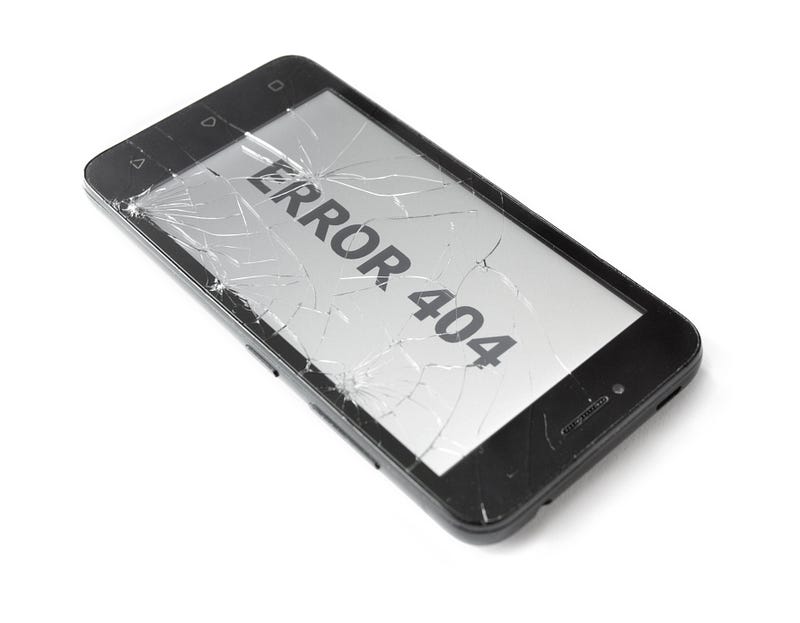Effective Strategies for Problem Solving in Daily Life
Written on
Chapter 1: Understanding Problem Solving
Every day, we navigate countless small challenges that we often resolve in mere moments. It's inaccurate to label yourself as someone who struggles with problem-solving; in fact, you make decisions swiftly, though the difficulty of each varies. The worth of a solution and its assessment often depend on who is evaluating it. In personal contexts, this could be family members, while in a professional setting, it may involve colleagues or clients.

Photo by Kostiantyn Li on Unsplash
In personal relationships, the evaluator's mood significantly affects their judgment, which is why people often choose to share difficult news when the recipient is in a good frame of mind. Conversely, in business, the expectation is to deliver a service that meets the customer’s needs. Here, the evaluation of a solution's effectiveness hinges on the responsibilities of those involved. Each party's viewpoint plays a crucial role in shaping their assessment of both the problem and its resolution.
Given this dynamic, discussions often arise between conflicting interests as stakeholders strive to ensure their needs are met. However, not all proposed solutions are feasible in a business context. Various factors must be considered, especially when addressing product-related issues. The maturity of the product determines how much modification is possible without needing to develop a new version entirely. Cost is another critical aspect—will implementing a solution erode profits? Can it even be integrated into current production?
These questions highlight how a product already in the market can incur significant costs when facing serious functional problems, particularly for startups, which may struggle with limited cash flow.
While problems can be unique and intricate, there are universal steps you can take to address them effectively. It’s essential to acknowledge that no solution is flawless, just as no product is perfect; there’s always room for improvement. The following steps focus on the problem rather than the often-complex discussions about potential solutions, which can be influenced by the social dynamics between business owners and their clients.
Chapter 2: Steps to Solve Problems
Define the Problem's Impact: Understanding the significance of a problem is crucial before taking any action. A popular saying in software engineering illustrates this: "It’s not a bug, it’s a feature." This highlights how the determination of what constitutes a problem or a bug is often subjective, influenced by its perceived impact.

Photo by Aaron Chavez on Unsplash
Before reacting, ensure you evaluate the impact thoroughly, as this will guide your response timeline. You might need to act within hours or have a few weeks to consider your options.
Base Conclusions on Data and Facts: Discussions that lack factual support can lead to misguided solutions. It’s imperative to gather concrete data to understand the problem's narrative fully.

Photo by UX Indonesia on Unsplash
Approach the problem like a detective reconstructing a crime scene. Collect extensive data, visualize your findings, and replicate tests to pinpoint the issue. Make sure your conclusions are firmly rooted in the data you gather.
- Simplify to Understand: The ability to explain a concept simply often reveals how well you grasp it. Once you identify the root cause, strive to clarify the situation. Explaining it to someone unfamiliar with the topic, like a child, can help unearth new insights.
- Learn from Each Challenge: Each problem teaches a lesson. Reflecting on past issues can prevent future missteps, leading to continuous improvement. As Albert Einstein wisely noted, "You cannot solve your problems with the same thinking you used to create them."
In conclusion, embrace the lessons learned, no matter how minor, as they pave the way for future enhancement. These steps may be described generally, but they provide a solid foundation for effectively tackling problems, at least based on my experiences.